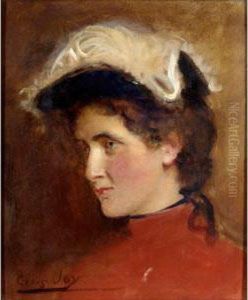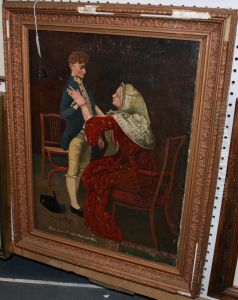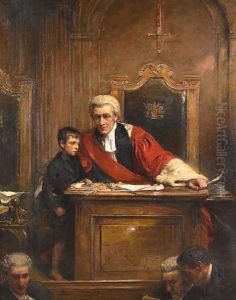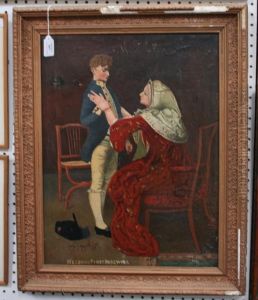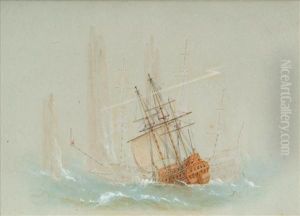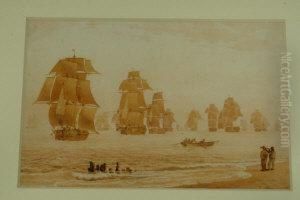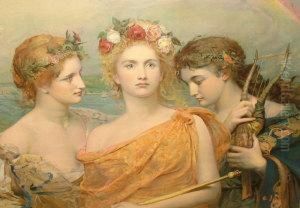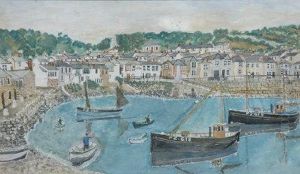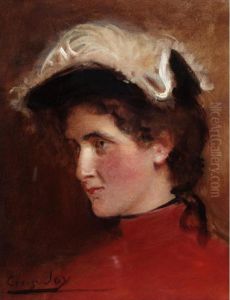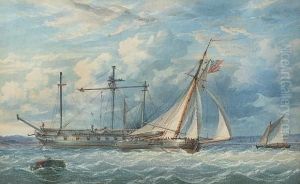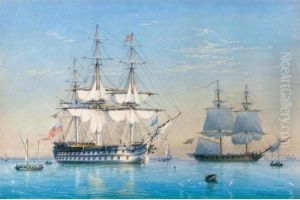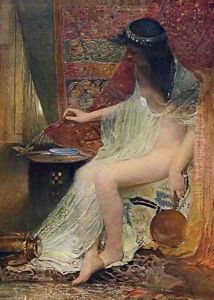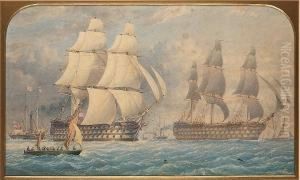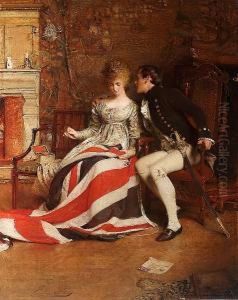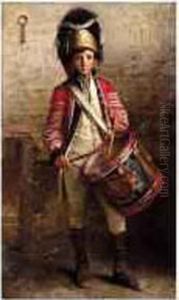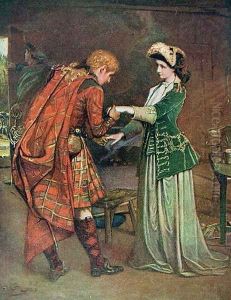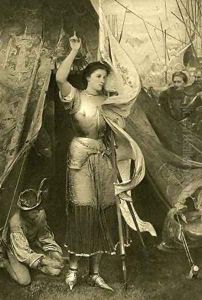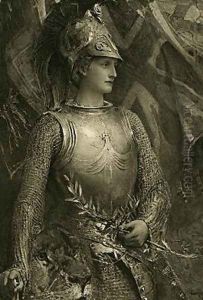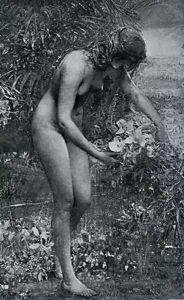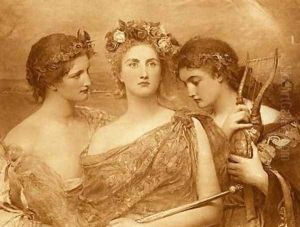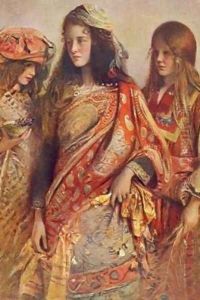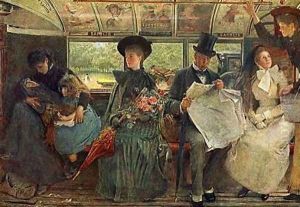George William Joy Paintings
George William Joy was an Irish painter, born in Dublin on July 7, 1844. He was known for his historical scenes and portraits. Joy began his artistic education at the South Kensington School of Art in London and later attended the Royal Academy Schools. His early work was influenced by the Pre-Raphaelite Brotherhood, whose members strove for a return to the abundant detail, intense colors, and complex compositions of Quattrocento Italian art.
Although he was primarily a genre painter, Joy also received commissions for portraits and other subjects. His most famous painting is probably 'The Bayswater Omnibus,' which realistically depicted contemporary London life and gained considerable attention. Joy was skilled in portraying historical subjects with emotional depth and narrative quality, which made his works popular during his lifetime.
Throughout his career, Joy exhibited his works at the Royal Academy and elsewhere. He was also a member of the Royal Institute of Oil Painters. His painting style evolved over time, reflecting the changing tastes of the period. Joy's works were characterized by their vivid detail, vibrant color palette, and often moral or narrative undertones.
George William Joy lived and worked during a period of significant change in the art world, as the Victorian era gave way to the early 20th century and the beginnings of Modernism. Despite this, he remained committed to his style and subjects. He passed away on October 28, 1925, in Porthcawl, South Wales. Today, his paintings can be found in various art collections and continue to be appreciated for their craftsmanship and historical value.
